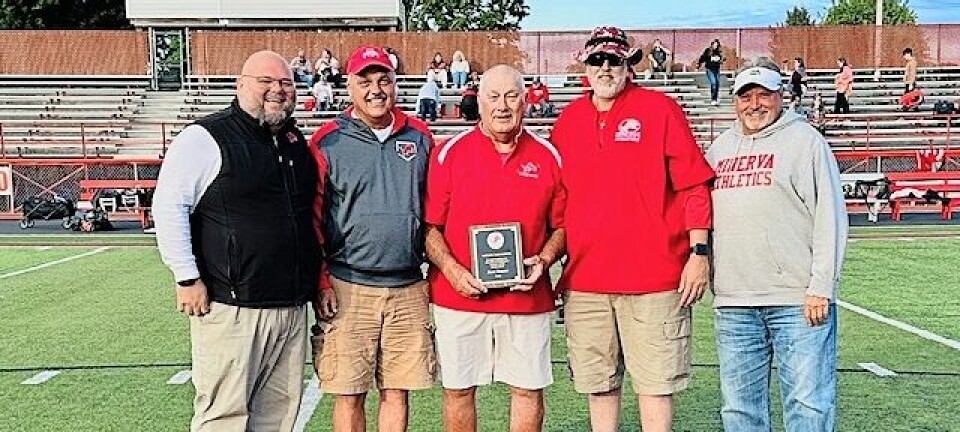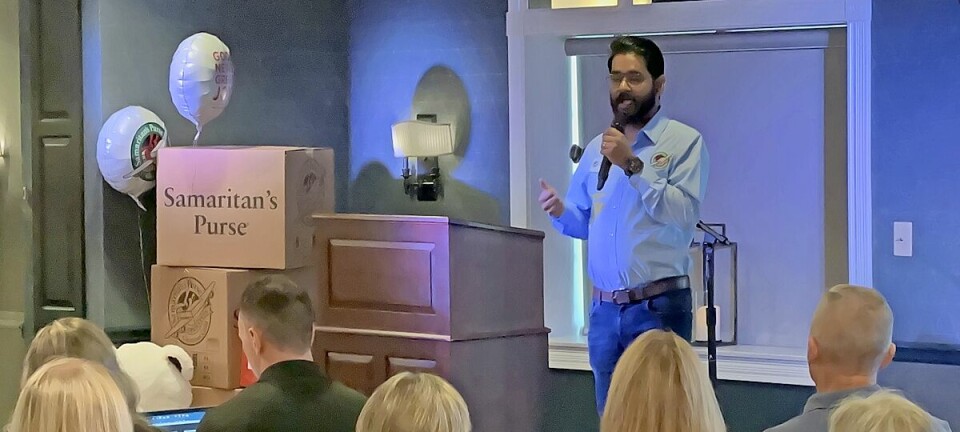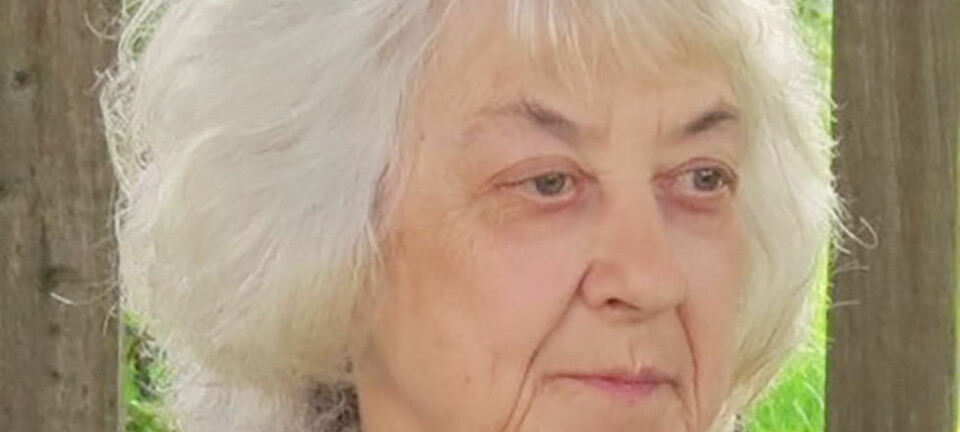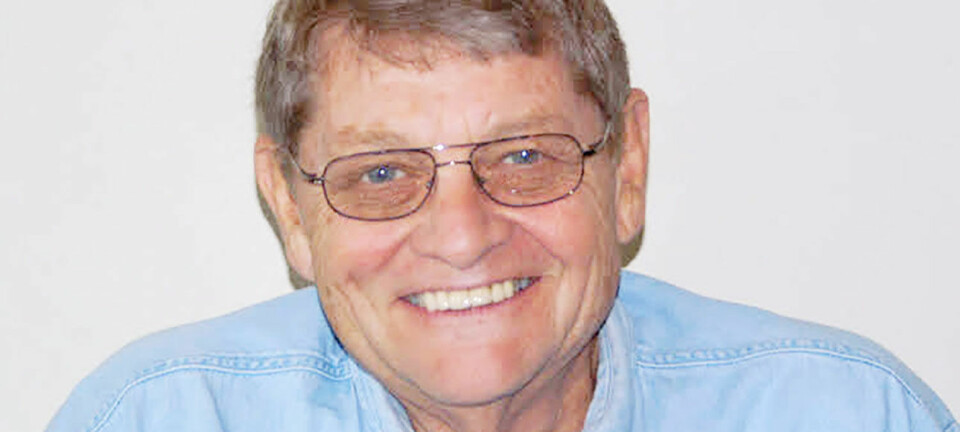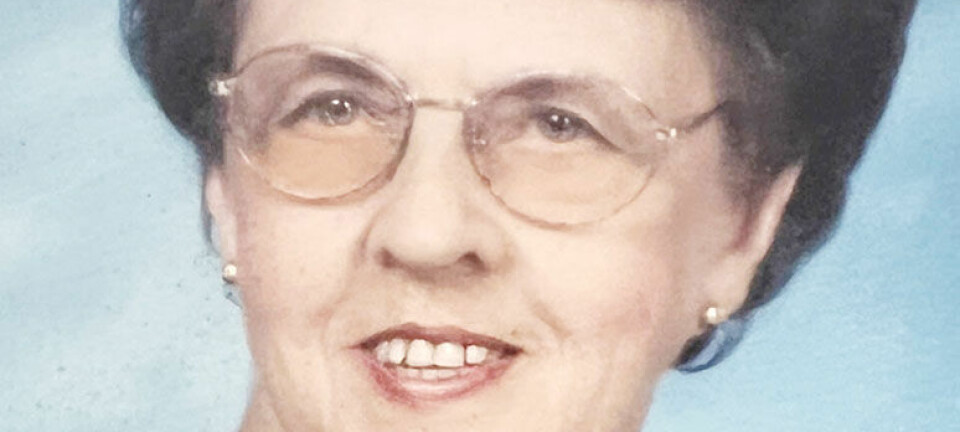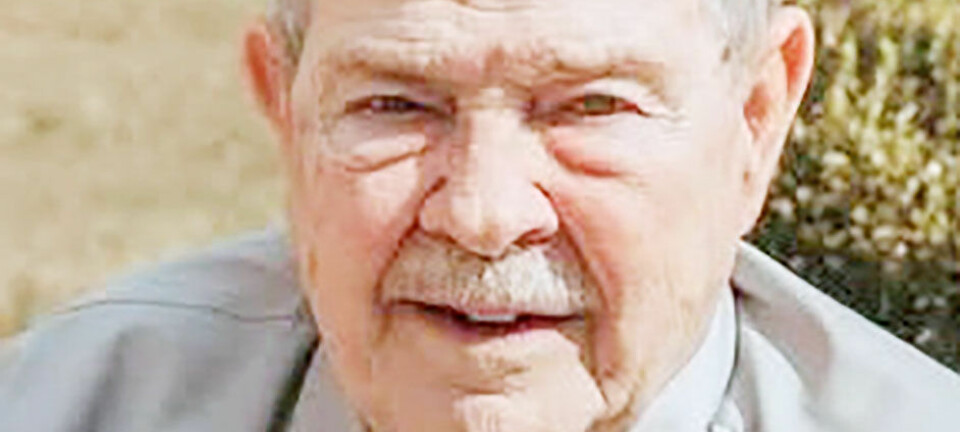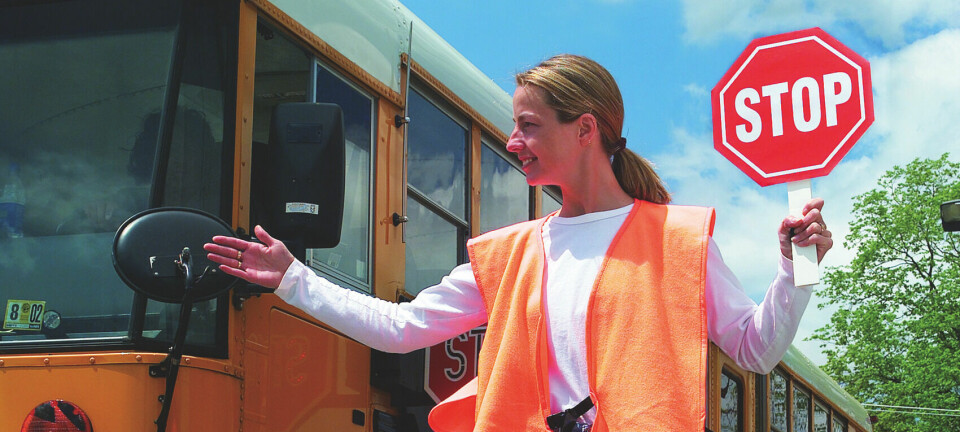SWCD cover crop program sows seeds of teamwork
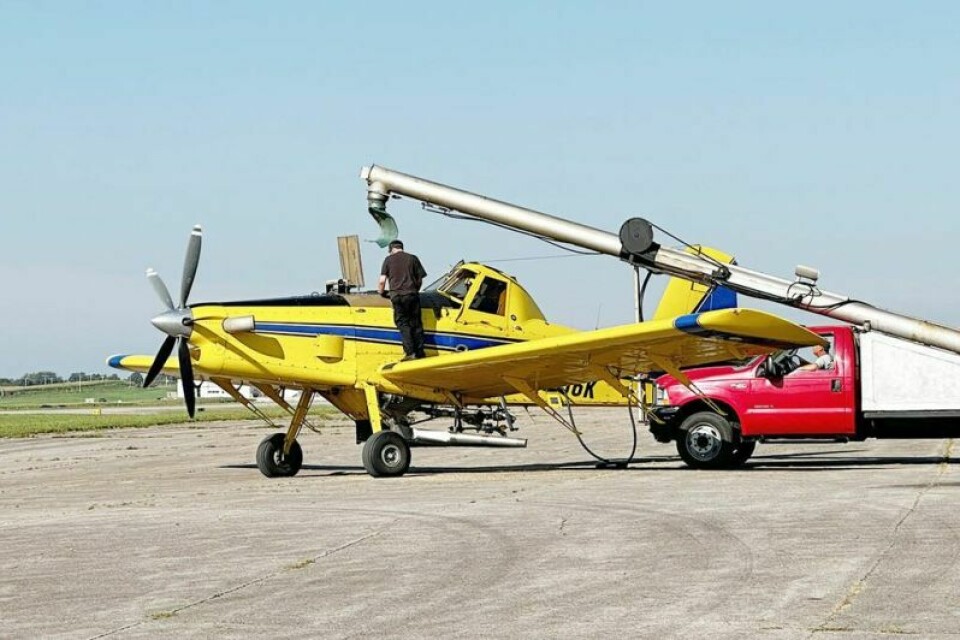
Much has been made about the benefits of going organic when it comes to farming and improving the soil that determines crop output, and as has been the case over the past 15 years, the crew from Holmes Soil and Water was spearheading the effort to create cover crop for area farmers through its annual early fall cover crop program.
The program includes a crop dusting technique that sees a small engine plane dropping seed over participating fields, and the flight professionals from Fisher Ag Service were once again the company of choice to do the low-flying crop seed spreading throughout the county.
Having professionals in the air, backed by the expansive knowledge on the ground through the SWCD, gives area farmers a real advantage when it comes to spreading cover crop, especially since they don’t have to rely on their own efforts to do so.
According to Karen Gotter, watershed coordinator for Killbuck Creek, it’s all about saving the valuable nutrients that are advantageous to farmers in growing crops, along with maintaining the soil erosion that can happen when cover crops aren’t in place.
“The biggest thing farmers get out of planting this is that they get organic matter into the soil, and by increasing organic matter, that is increasing the nutrient availability,” Gotter said. “This is essentially mobilizing the fertilizer, so they are getting better nitrogen access, and with that, they enhance their cash crops.”
She added that while these cover crops can be harvested and farmers can make some income off of them or put them to good use on the farm, the value lies in the advantages of the soil.
“What we see around here is several farmers have harvested and sold their barley off as either a marketable grain for feed and the straw that is associated with it,” Gotter said.
Roger Gwin, who owns a farm in the Big Prairie area, has been farming for many years. He has been utilizing the efforts of the SWCD cover crop program for about five years, and he has a unique take on the process since he has his barley coming full circle on his farm.
While many farmers either terminate the cover crop under or harvest it and turn it into food for their animals, Gwin is into the recycling idea.
“This is the first year I have furnished the seed for the program, so my cover crop is basically being resown right back into my field,” Gwin said. “I guess it’s reinvesting in my own farm.”
He also sells his barley, stating that he sold between 40-45 bushels for sheep and cattle feed and for cover crop.
Jason Schuch, owner of Sweet Breeze Farm, was introduced to the cover crop program years ago when serving as a supervisor for Holmes SWCD. He said the program was intriguing enough to try, and he hasn’t regretted it since.
“It’s been 14 or 15 years, and I look back then and think about how we kicked around ways to deal with some of the soybean stubble we’d see after the harvest, and the large amount of erosion we were experiencing,” he said. “Cover crop wasn’t exactly a new thing back then, but we wanted to come up with a way to cover a huge amount of acreage as economically as possible.”
The aerial cover crop program came to light, and the county invested heavily in it. It didn’t exactly take flight in a big way early on, but over the years it has continued to grow rapidly, with many area farmers climbing on board.
Schuch said one of the biggest advantages of the program is that it includes plenty of professional backing. He said the immense knowledge from the Holmes SWCD members along with the talent and expertise of the flight professionals from Fisher Ag Service means there are decades of knowledge being invested in helping farmers through the cover crop process, something that can be a struggle when done individually.
“It works so well for any operation to have this done because it is hard to line up someone to come in and do it yourself,” Schuch said. “Fisher Ag Service is so efficient, and then to have Soil & Water spearhead it and dictate the best possible time to have it done that suits everybody’s needs as far as the timing of the beans and corn, it’s just become a well-oiled machine, and we can pool resources to benefit everyone involved.”
Each farmer can request what type of cover crop they would like to use. Barley, oats and rye are all options, and each farmer has a preference.
Gotter said Holmes County is ideal for the cover crop program because of the diverse farming community, and she said because there are many uses for the cover crop beyond its use in soil nutrients and run-off prevention, it creates an ideal opportunity for farmers.
She said most of the 18 counties in the Muskingum Watershed participate in the cover crop program to a degree, but Holmes County seems to be taking advantage the most.
In the process, hundreds and thousands of acres are being seeded courtesy of the flyover program.
“It’s an incredibly effective, efficient way to sow cover crop,” Gotter said. “We get 3,000 across done in three days, and nobody is able to match that efficiency with their own equipment.”
She added that the nice thing about this is that it takes the onus of creating a cover crop off the farmer and puts it into the hands of a team that has perfected the art of sowing cover crop for nearly two decades.
“I think it’s good for farmers to understand that we are here for them, and they aren’t alone in their effort,” Gotter said.
This year’s cover crop program is now over, but anyone who would like to utilize this program next year can simply reach out to the SWCD to make arrangements to participate in it.











